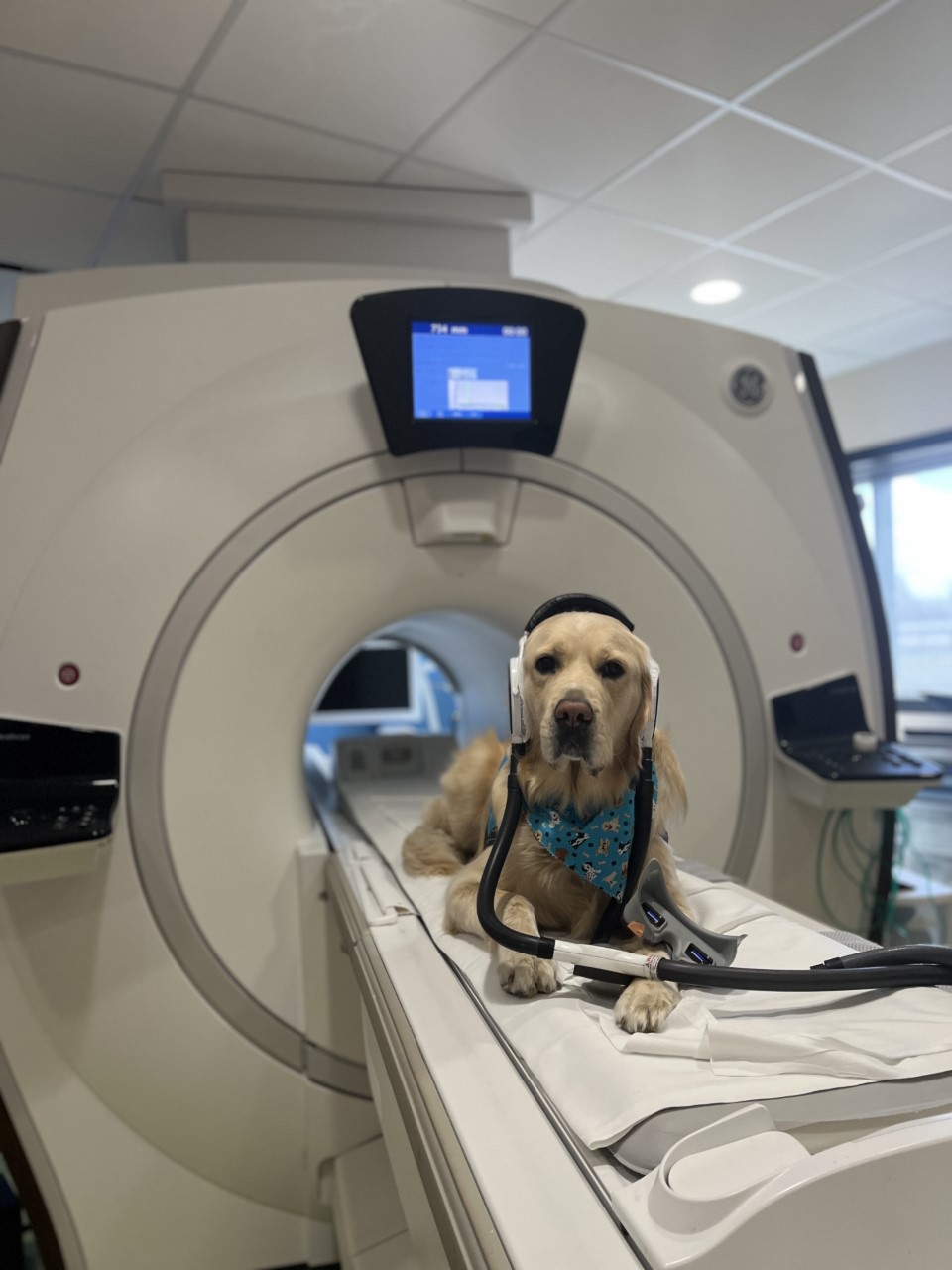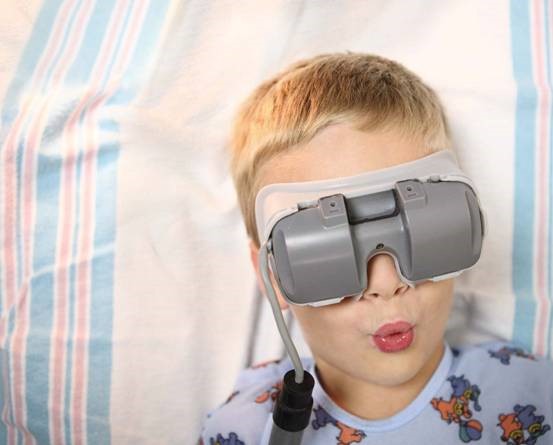preparing for a cardiac MRI
We want to prepare you and your child for what will happen during a cardiac MRI at Dayton Children's. On this page, you'll find:
- Letter for your child to help prepare them
- Letter for the parent/caregiver to prepare for an MRI
- Frequently asked questions about MRIs
- Who to contact for questions
letter to you - our patient!
We hear you are going to have an MRI with us! We want to give you information about what will happen the day you come in for your MRI.
Since you are having an MRI of your heart, there will be a few pictures when you will need to hold your breath. The heart is in the chest and moves when you breathe. So, it’s important to not only hold your body still, but to also sometimes hold your breath to keep your lungs and heart still.
The longest you’ll need to hold your breath is for about 15 seconds. We’ll need you to:
- Take a deep breath in, blow it out, then hold it at the bottom
- For some images, we may ask you to hold your breath when you breathe in. This means you will take a deep breath in and hold it; like you’re jumping in a swimming pool.
We’ll give you time to catch your breath in between these pictures.
We hope this information helps you understand what will happen when you come for your MRI. We look forward to meeting you!
letter to your parent/caregiver
We hope this information will help prepare you and your child for their appointment.
what to wear/not to wear
The MRI scanner is a magnet; therefore, no metal will be allowed in the scan room. Please have your child remove any makeup, lotion, nail polish, fake tattoos, jewelry, and hair accessories they have before their appointment.
We will give your child a hospital gown to change into for their MRI. They can keep on their underwear and socks as long as they do not contain any glitter, sequins, metal, etc. They will need to take off all other clothing.
breath holds
As your child is having a cardiac MRI, they will be asked to complete a series of breaths holds.
- One type of breath hold will be at the end of breathing in (take a deep breath in, blow all of your breath out and hold it at the bottom).
- The second type of breath hold will be on breathing in (taking a deep breath in and holding it).
They may need to hold their breath for up to 15 seconds at a time. They have time to catch their breath in between breath-holds.
You can practice with your child at home by having them lay still, take a big breath in, blow it all the way out, and hold it for however many seconds they can. Work up to 15 seconds.
Once positioned on the scanner, the MRI tech will place electrocardiogram leads on your child’s chest and a belt below the chest. These collect information about your heartbeat and breathing throughout the test.
distraction during the MRI
To help with distraction during your child’s MRI, we offer video goggles and have a large selection of movies for your child to choose from. They may also bring their favorite movie from home to watch during their scan. We will send you the movie list, so your child can look over our movie selections before their MRI. Your child may also bring any comfort item (blanket, stuffed animal, etc.) that does not contain metal, glitter, sequins, etc. The comfort item cannot play sounds, as the sound device could contain metal.
tips to discuss the MRI with your child:
- You can watch this short video about MRI. Please note that the patient in this video is having an MRI of the brain. If your child is not having an MRI of the brain, let them know that they will not be wearing the “astronaut helmet.” They also may be positioned differently on the bed depending on their type of MRI. If you or your child have questions on how they will be positioned, please contact Kara.
- Make sure that they understand the MRI camera will not touch them and that it will not hurt them.
- Help them to understand that their most important job is to remain very still.
- Have them practice lying still at home by playing statue. Use a timer to make a game out of seeing how long they can remain still.
- Start out with your child remaining still for 1 minute.
- Increase time by 1 minute for each try until you have reached 5 minutes.
- Once your child has mastered remaining still, have them practice this while under a table or chair with a sheet draped over the table or chair.
- If you have headphones, have them wear headphones while listening to music as they are remaining still under the table or chair.
- Have your child listen to the sounds an MRI makes by clicking this link. Play the sounds starting at low volumes so they can get used to the sound.
- Show them these photos of the MRI room, camera, and video goggles.
frequently asked questions
Can I watch a movie during my MRI?
Yes! You will have video goggles placed over your eyes to watch a movie of your choice. The video goggles are super cool! On the outside, the goggles look like virtual reality goggles, and on the inside, the movie looks like you are in a movie theater! Headphones will be placed over your ears so that you can hear your movie and to help drown out some of the noise from the MRI.
What will I wear during my MRI?
When you get to the hospital, we will have you change into our hospital gown top and bottom. You can leave your underwear and socks on as long as they don’t have any glitter, sparkles, sequins, or anything metal on them.
Can I bring my favorite stuffed animal or blanket?
Yes, you can bring a stuffed animal or blanket with you, but, just like your underwear and socks, they can’t have any glitter, sparkles, sequins, or anything metal on them. They also can’t play any sounds, because those parts may have metal in them.
Can I move while they take my pictures?
Staying very still is your most important job when you are getting an MRI. Our MRI takes pictures like a camera you may have at home. When you are taking a picture at home and you move, then you have to take the picture again, because it is blurry. Our MRI camera is the same way; if you move, we will need to take the pictures again. We want you to get done as quickly as you can, so that you can be finished with your MRI. This is why it is so important to stay very still!
What is an MRI?
Magnetic resonance imaging (MRI) is a safe and painless test that uses a magnetic field and radio waves to produce detailed images of your body.

During the exam, radio waves change the magnetic position of the atoms of your body. These are picked up by a powerful antenna and sent to a computer. The computer performs millions of calculations, which produce black and white images of the body. These images can be converted into three-dimensional (3-D) pictures of the scanned area.
What will happen during my MRI?
An MRI scanner is a large doughnut-shaped magnet that has a tunnel in the center. You will be placed on a table that slides into the tunnel. You will lie on the movable scanning table while the technologist places you into position. You will have video goggles placed over your eyes to watch a movie of your choice. Headphones will also be placed over your ears so that you can hear your movie and to help drown out some of the noise from the MRI. The table will slide into the tunnel, and the technologist will take images of your body.

During your MRI, you will hear sounds coming from the camera. You don’t need to be scared. These sounds just mean that the camera is taking your picture. In between your pictures, the technician will pause your movie to check with you to make sure you are ok. When the technologist talks to you, please answer in a loud and clear voice.
Two important things to remember:
- The only time you can talk is when the technologist pauses your movie and talks to you first.
- You have to stay very still during the MRI. This means that we do not want you to move at all. Once the exam is over, the technologist will slide the table out from the tunnel and help you get up.
questions?
Please contact Kara Stoll, Certified Child Life Specialist for medical imaging at 937-641-4945 or stollk@childrensdayton.org

